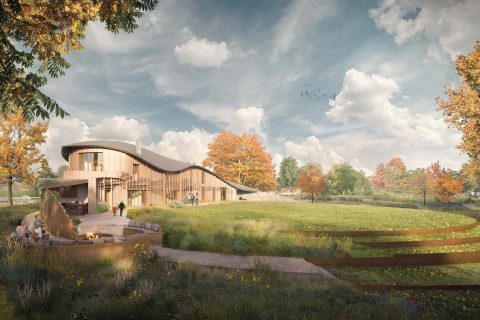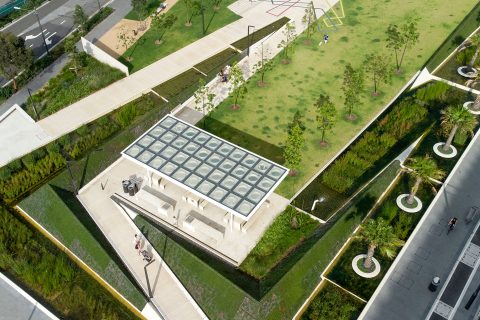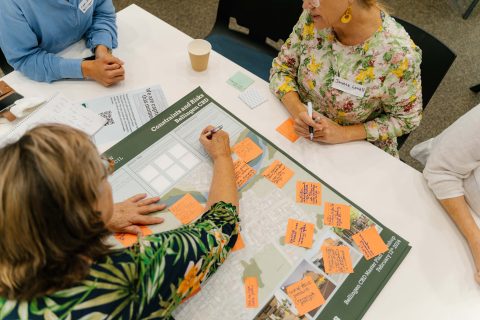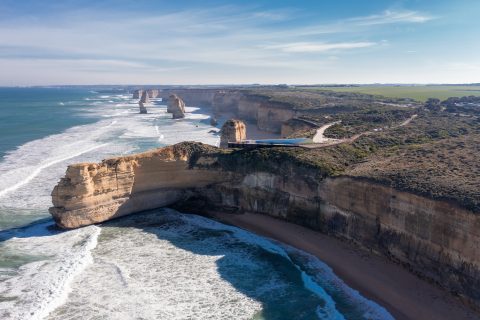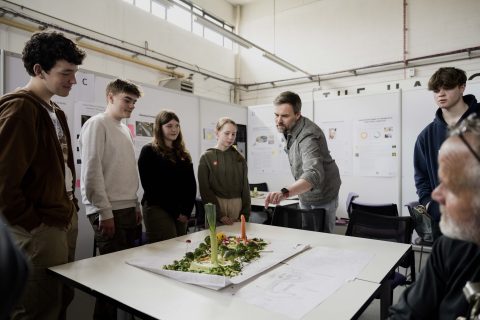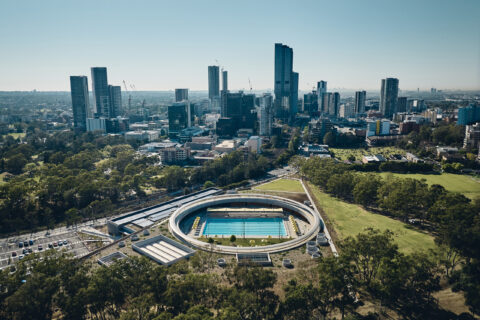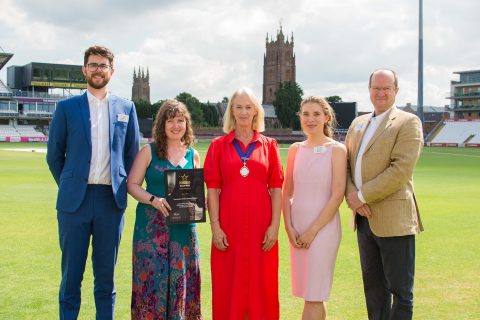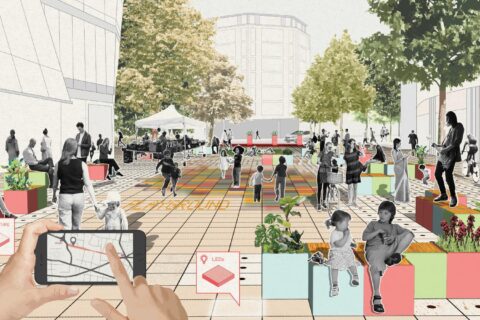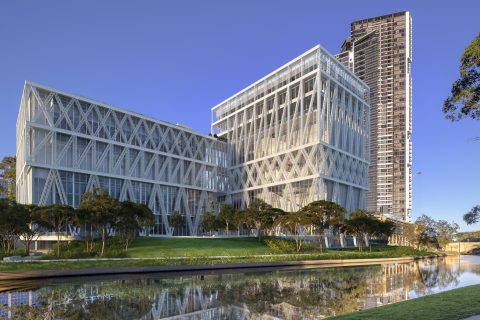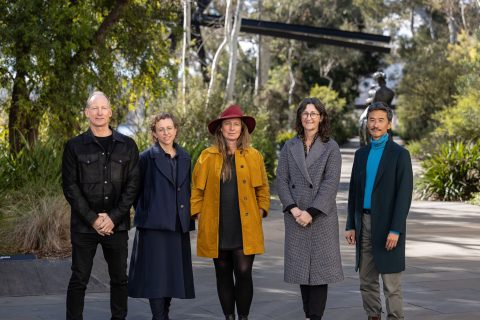July 19, 2024
Insights
Exploring Language and Landscape: A Design Installation
Jump Spark Ltd commissioned McGregor Coxall to design a visual installation for a bilingual audio pr...
Planning approved for ‘leaf-like’ Serpentine House
East Suffolk Council has granted planning permission for Serpentine House, an off-grid, rural home i...
Drying Green wins 2024 Green Good Design Award for excellence in sustainability
McGregor Coxall have won the 2024 Green GOOD DESIGN Sustainability Award for The Drying Green, in re...
Shaping the Future: Sustainable Master Plans for Bellingen, Dorrigo and Urunga
In collaboration with Cobalt Engagement, McGregor Coxall’s comprehensive and visionary master ...
New Lookout at the Twelve Apostles Opens
The new lookout at the Twelve Apostles by Parks Victoria has opened to the public. Distinctive and ...
Inspiring Future Landscape Architects at National Saturday Club
McGregor Coxall Design Director, Steve Kennedy, and Graduate Landscape Architects Amy Marsden and Ta...
Parramatta Aquatic Centre recognised at NSW Architecture awards
Parramatta Aquatic Centre won the prestigious Sulman award for public architecture at last week’s ...
Recognition at RTPI South-West Awards for Planning Excellence
McGregor Coxall’s Úna Breathnach-Hifearnáin and Sophie Thomas attended the Royal Town Planning I...
Smart Carpet Project featured in NLA’s Public London: Activating the City
We’re proud to have contributed to the project directory for New London Architecture’s n...
Powerhouse Parramatta is one of the world’s most significant new museum projects
Community, industry and collection will intersect to create a dynamic culturally engaged program tha...
McGregor Coxall a finalist for the National Sculpture Garden Design Competition
The National Gallery of Australia has announced a shortlist of five finalists for the National Sculp...
Future Leaders Award
Celebrating achievements in design and the development of innovative, creative, and practical soluti...

